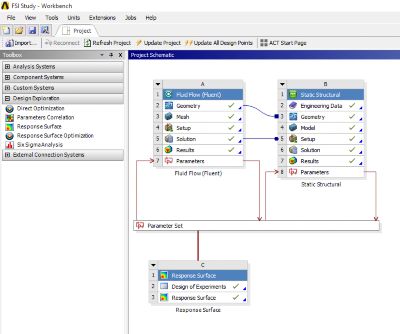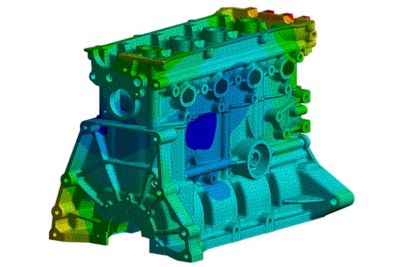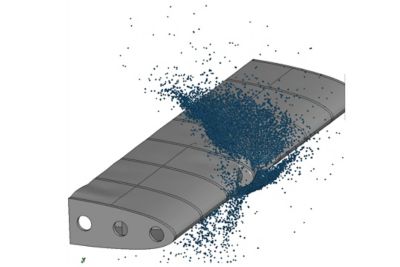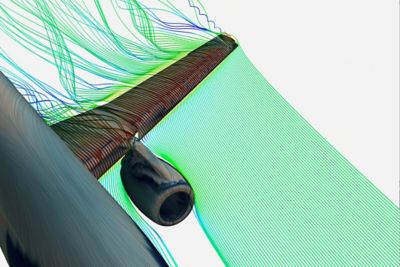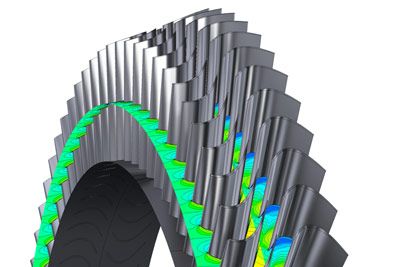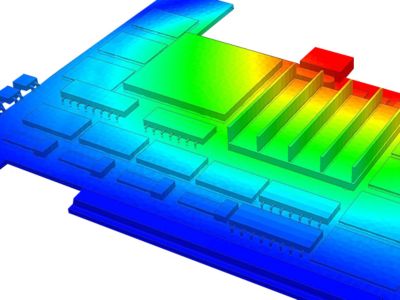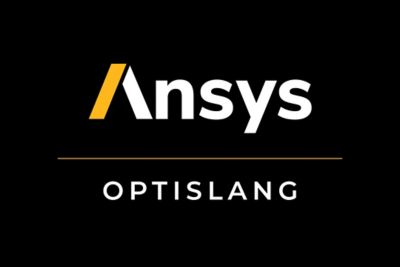-
-
학생용 무료 소프트웨어에 액세스하기
차세대 엔지니어에게 힘을 실어주는 Ansys
학생들은 세계적 수준의 시뮬레이션 소프트웨어를 무료로 이용할 수 있습니다.
-
지금 바로 Ansys에 연결하십시오!
미래를 설계하기
시뮬레이션이 다음 혁신을 어떻게 지원할 수 있는지 알아보려면 Ansys와 연결하십시오.
국가
무료 트라이얼
제품 및 서비스
학습하기
회사 정보
Back
제품 및 서비스
Ansys Workbench
모든 Ansys 제품을 관리할 수 있는 개인 프로젝트 플랫폼
CAD및 meshing 에서 물리학 시뮬레이션과 후처리에 이르기까지 모든 Ansys 제품에 한 곳에서 액세스할 수 있습니다.
Ansys Workbench: Where Better Decisions Are Made
The real world happens all at once. To validate your design ideas, you need tests that provide real-world scenarios. And in the real world, physics doesn’t take turns. The Ansys Workbench platform lets you integrate data across engineering simulations to create more accurate models more efficiently.
Ansys Workbench makes it easier to make more informed design choices by coordinating all your simulation data in one place.
-
Easily manage data across all your Ansys products

-
Save time with automated data transfer

-
Integrate multiple analyses within a single interface

-
Create higher fidelity models

Ansys Workbench: Where Better Decisions Are Made
The real world happens all at once. To validate your design ideas, you need tests that provide real-world scenarios. And in the real world, physics doesn’t take turns. The Ansys Workbench platform lets you integrate data across engineering simulations to create more accurate models more efficiently.
Ansys Workbench makes it easier to make more informed design choices by coordinating all your simulation data in one place.
대화형 시물레이션
응력 해석과 유체 흐름이 어떻게 상호 작용하는지 또는 열이 전자 시스템의 신뢰성에 얼마나 영향을 미치는지 확인해야 합니까? Ansys Workbench 플랫폼을 사용하면 시뮬레이션 간에 데이터를 주고받으면서 서로 다른 물리학을 동시에 관찰할 수 있습니다. 하나의 시뮬레이션에서 무언가가 바뀌면, 당신은 그것을 전체적으로 볼 수 있을 것입니다.
주요 기능
Ansys Workbench는 시뮬레이션을 통해 데이터가 전송되는 방식을 최적화하므로 더 정확하고 효율적인 모델을 작성할 수 있습니다.
웨비나
교육
비디오
Ansys Workbench Framework및 GUI 소개
이 비디오에서는 Ansys Workbench Project 페이지의 기본 사항을 소개합니다. Workbench Analysis 및 Component Systems의 GUI와 기본 개념에 대해 배우게 되며, 이를 서로 연결하여 완전한 시뮬레이션 워크플로우를 형성하는 방법을 배우게 됩니다.
비디오 보기
Ansys Workbench Framework및 GUI 소개
기사
시작하기
엔지니어링 과제에 직면하고 있다면우리 팀이 도와드리겠습니다. 풍부한 경험과 혁신에 대한 헌신을 가지고 있는 우리에게 연락해 주십시오. 협력을 통해 엔지니어링 문제를 성장과 성공의 기회로 바꾸십시오. 지금 문의하기
